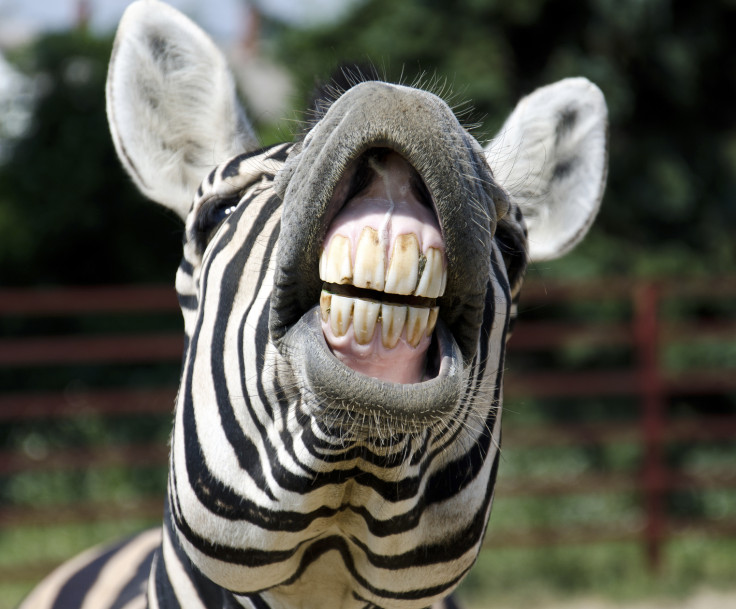Animal teeth are being used to reveal Earth's ancient weather
Scientists have found a way to work out the weather in the distant past by looking at animals' teeth.

The weather and large herbivores' teeth are closely linked and one can be used to predict the other, a team at the University of Helsinki in Finland has said.
The researchers mapped the movements of Kenya's large herbivores from data provided by the country's 13 national parks, dating back to the 1950s. "We looked at all the species that were listed for the national parks that we studied. Zebras, antelopes, rhinos, elephants, monkeys and so on," study co-author Mikael Fortelius, evolutionary palaeontologist at the University of Helsinki, told IBTimes UK.
They then looked at the dental characteristics of those animals to see what kinds of teeth the creatures in different areas had by studying specimens from museums.
They found that the dental traits of animals in a given area of the national parks closely correlated to the weather data for that area. These would help make the animal more suited to life under particular weather conditions, the authors say. For instance, after a long period of little rainfall, animals that had strong enough teeth to attack tough, sparse vegetation were able to survive.
The researchers looked at factors including how much punishment a tooth could take during the animal's life, how many cutting edges it had, what kind of cutting edges, and whether the whole surface was flat or not flat, says Fortelius.
"The harsher the environmental conditions, the more robust, the more resistant teeth are required to be," says study co-author Indre Zliobaite, also of the University of Helsinki. "So by looking at the distribution of those teeth, essentially, in the past we can pick up how harsh the conditions were. Then we can relate that in mathematical models to millimetres [of rain] per year or degrees of temperature."
The research, published in the journal PNAS, opens up a new way of looking at the fossil records. The climate data recorded in herbivores' teeth could tell scientists a lot more about the Earth's history than just the animals that lived there. "I want to go back and look at the distant past, millions of years ago," says Fortelius.
© Copyright IBTimes 2025. All rights reserved.





















